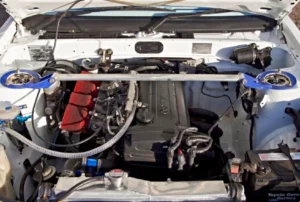The 4A-GE Returns: Toyota To Revive Engine That Started The Drifting Culture
Table of Contents
Toyota Gazoo Racing (TGR) recently announced it’s reproducing key components for the legendary 4A-GE engine found in arguably the most iconic drift car of all time, the Toyota AE86, as part of its GR Heritage Parts Project.
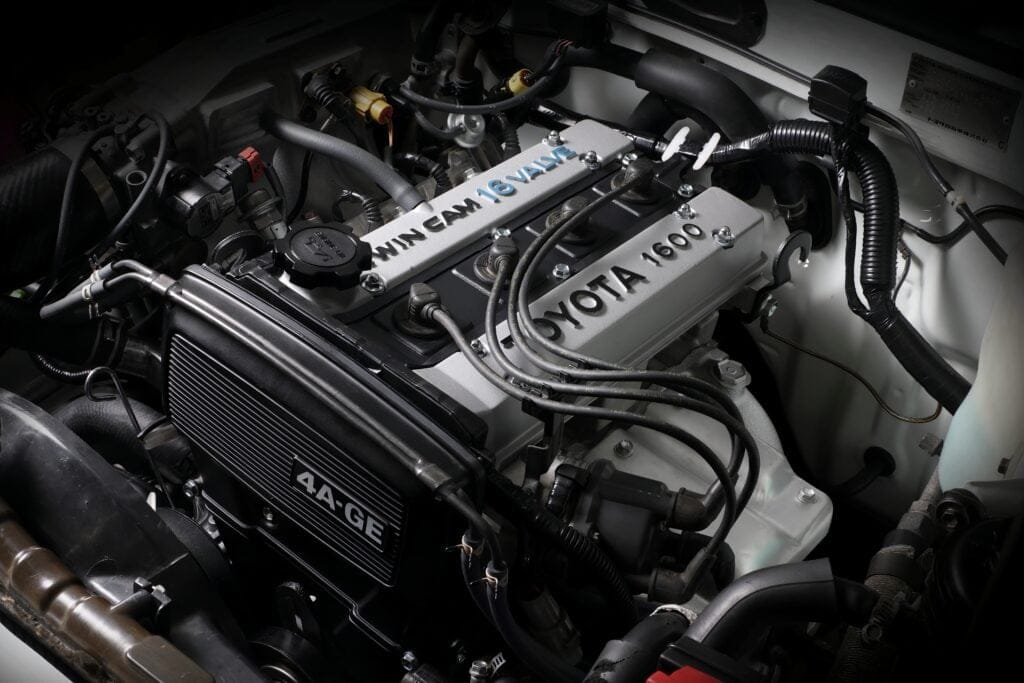
Image credit: Toyota Gazoo Racing
While a surprising amount of OEM AE86 parts are already available to order on the TGR website, the latest announcement from TGR focuses specifically on the 4A-GE engine.
The specific components being reproduced are the cylinder head sub-assembly and cylinder block sub-assembly, which are to be “reproduced and reissued”.
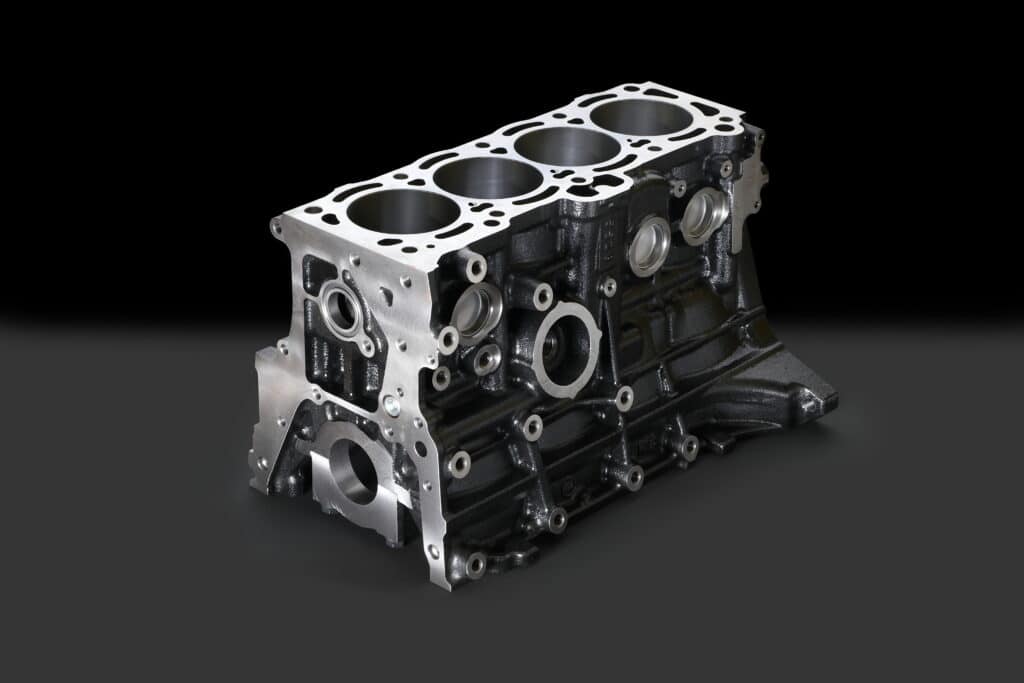
When it comes to producing engine components, automotive tooling is notoriously expensive. Once a model is discontinued, there is typically only a limited supply of parts left, which are often snapped up quickly. Even more so when the product in question is as sought-after as the 4A-GE.
Unsurprisingly, this leads to original equipment manufacturer (OEM) parts becoming increasingly rare, sought after, and inevitably expensive. This is often referred to as ‘drift tax’ or ‘JDM tax,’ where prices for just about any car or part of the most popular ’90s drift icons become a worthwhile investment.
Recently, Toyota Gazoo Racing’s ‘GR Heritage Parts Project’ has been manufacturing reproduction parts for various classic vehicles, including the 2000GT, A70, and A80 Supras, and is now reviving the AE86 Corolla. Alongside these new AE86 components, Toyota is selling more than 200 parts across eight classic models.

“The GR Heritage Parts Project is an initiative to reproduce discontinued service parts and reissue them as new genuine parts to meet customers’ desires to keep on driving their beloved cars full of memories.”
The New 4A-GE Parts Should Be The Best Yet
These new parts aren’t just straight reproductions of the originals. Toyota is instead using its 40 years of 4A-GE knowledge and development.
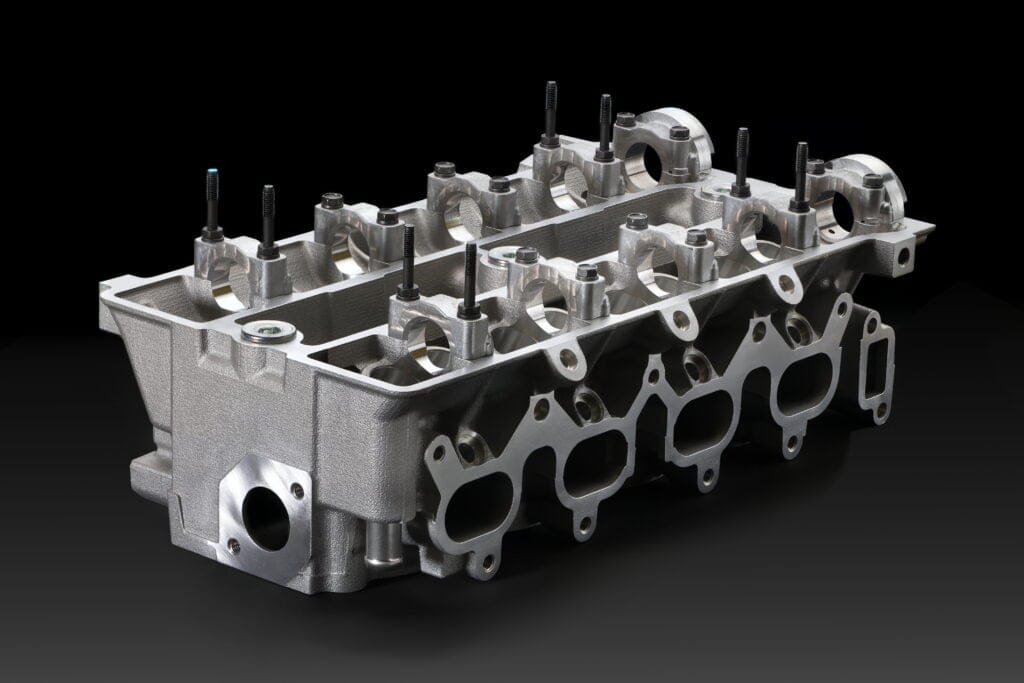
The press release states that “while retaining their original basic design and specifications”, the fresh 4A-GE parts “… have been modernized using the latest simulation technology, manufacturing methods, and materials.”
This means that the cylinder heads receive thicker walls in intake and exhaust ports, while improved machining techniques allow GR to machine more of the raw casting than Toyota’s earlier tooling could reach.
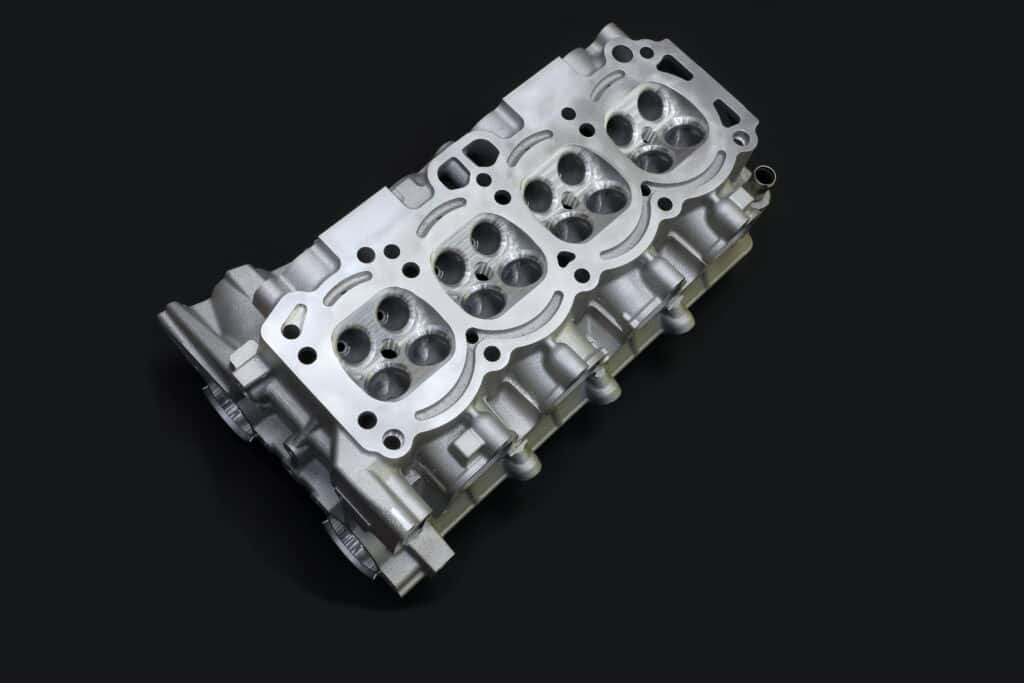
The blocks benefit from the latest cast iron technology, making them even more durable. They’ve also implemented an improved cylinder-honing process and a modified crankshaft-cap structure. GR also added structure to allow the 4A-GE to be used in transverse-engine vehicles.
Toyota Gazoo Racing will showcase a restored AE86 Corolla with the new block and heads this weekend during the ‘Initial D 30th Anniversary’ event at Japan’s Fuji Speedway (13/14 September 2025), where customers can preorder the parts for the first time. Toyota expects the parts to be available in May 2026.
While this is great news, I’ve seen more AE86s in Ireland than anywhere else. Given what seems like a (very) limited production run, not everyone will have had enough notice to get themselves to Japan to buy new 4A-GE parts this weekend!
Hopefully, there will be enough demand for Toyota to later roll out the new parts to the rest of the world.
What Makes The 4A-GE Special?
Any petrolhead would’ve undoubtedly heard of the 4A-GE at some point, but this isn’t just any old 1.6-liter engine.
Its combination of strength, reliability, and power potential in a small, lightweight package makes it popular for engine swaps. Admittedly, 4A-GE swaps are far less common now than they once were, given their rarity, but hopefully GR’s announcement can change that.
Produced across five generations (from 1983 to 2000), it was initially designed for everyday cars like the Corolla, emphasizing lightness, fun, and reliability.
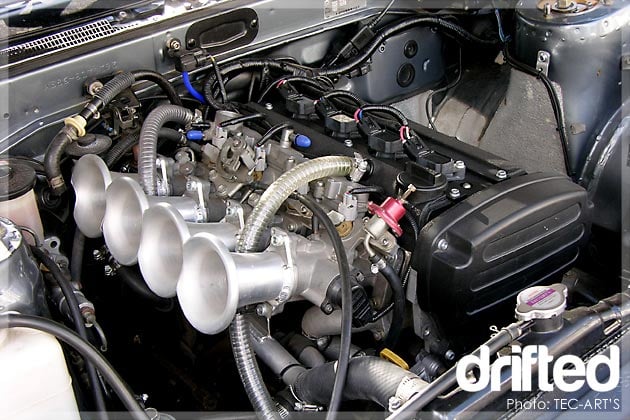
However, its significant tuning potential quickly became apparent. Naturally aspirated versions are capable of reaching 280 horsepower while revving up to 12,000 RPM.
With the new blocks being even stronger, they’ll undoubtedly be capable of handling even more power.
Adding forced induction and uprated internals significantly raises the bar, and we’ve seen 4A-GE builds claim up to 1,000 horsepower. Pair that with the lightweight, tail-happy AE86 chassis, and you can likely see why it’s a tempting package!
Why Is The 4A-GE A ‘Drifting Legend’?

The 4A-GE is often seen as the engine that started JDM drifting culture, with the ‘Drift King’ Keiichi Tsuchiya‘s Toyota AE86 Trueno.
From there, the humble AE86 (and 4A-GE) gained further fame through the Initial D anime/manga series.

Initial D’s lead character, Takumi, initially had an AE86 with a first-generation 4A-GE. This was later replaced with a TRD-built racing-spec 4A-GE from a Group A AE101, producing 240 horsepower and capable of 12,000 RPM.
Through the likes of Tsuchiya alongside the Initial D series, the AE86’s 4A-GE has continued to be celebrated as a drifting icon.
Written by:
Published on:

Bill is a writer and photographer who has been part of the Drifted team since 2015. His work extends to various print and online publications, including Wangan Warriors.
As part of the King of Nations team, he traveled extensively for several years, capturing top-tier international drift events worldwide. His hands-on experience, including rebuilding his own Nissan Silvia S15 drift car, gives him unique insights into drift car building and global drift culture.
When not behind the lens or keyboard, Bill can be found browsing classifieds for his next JDM project or shredding virtual tires on popular simulators like Assetto Corsa, CarX, and Forza.
You can learn more about Bill’s story here or follow his socials on X (formerly Twitter), Flickr, Facebook, and Instagram.





